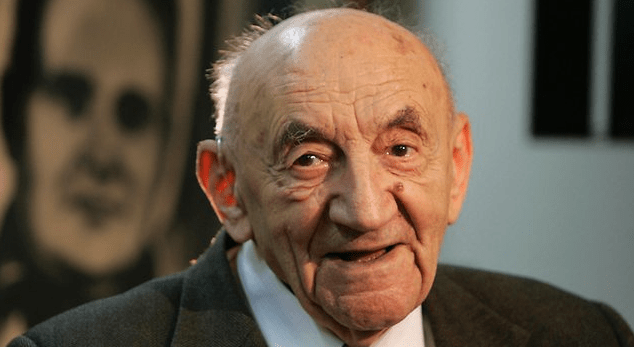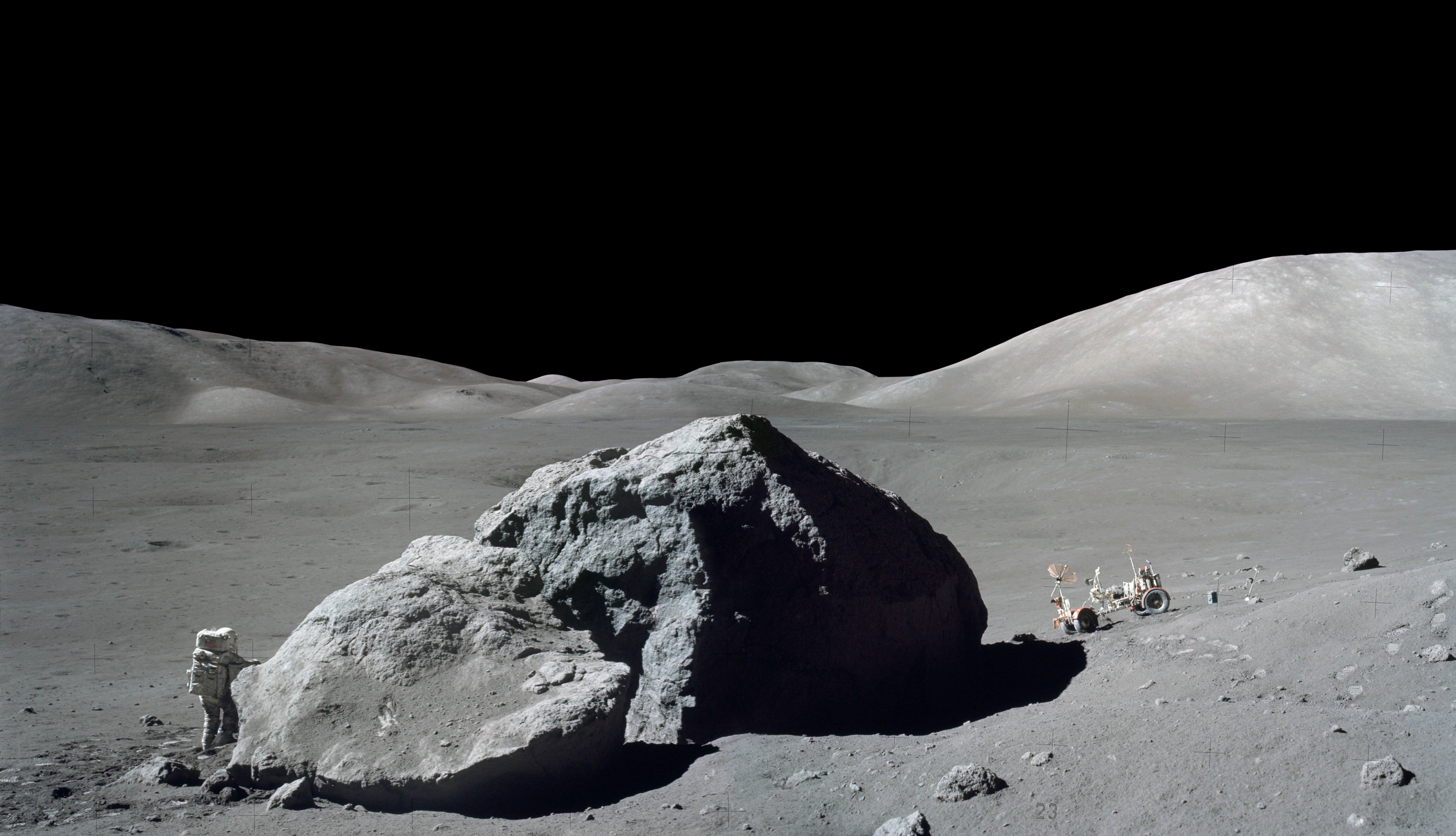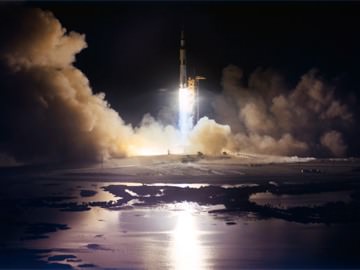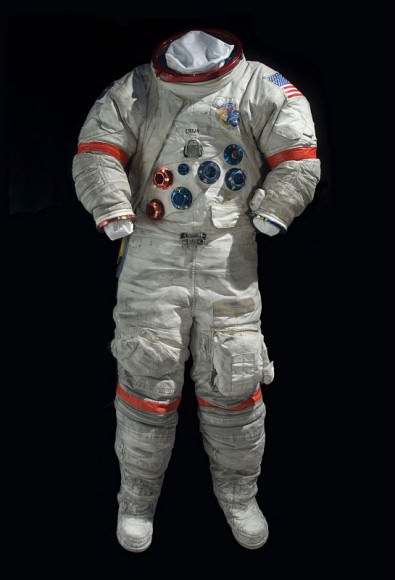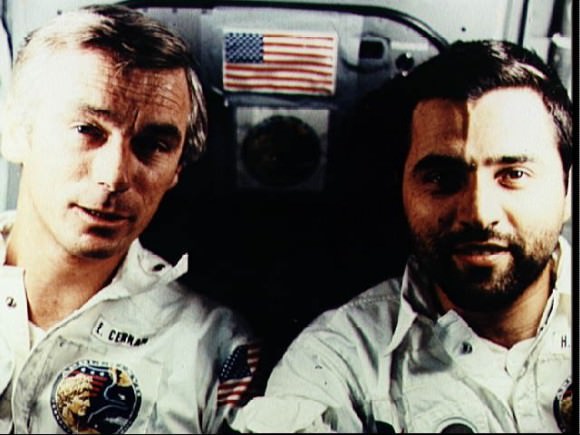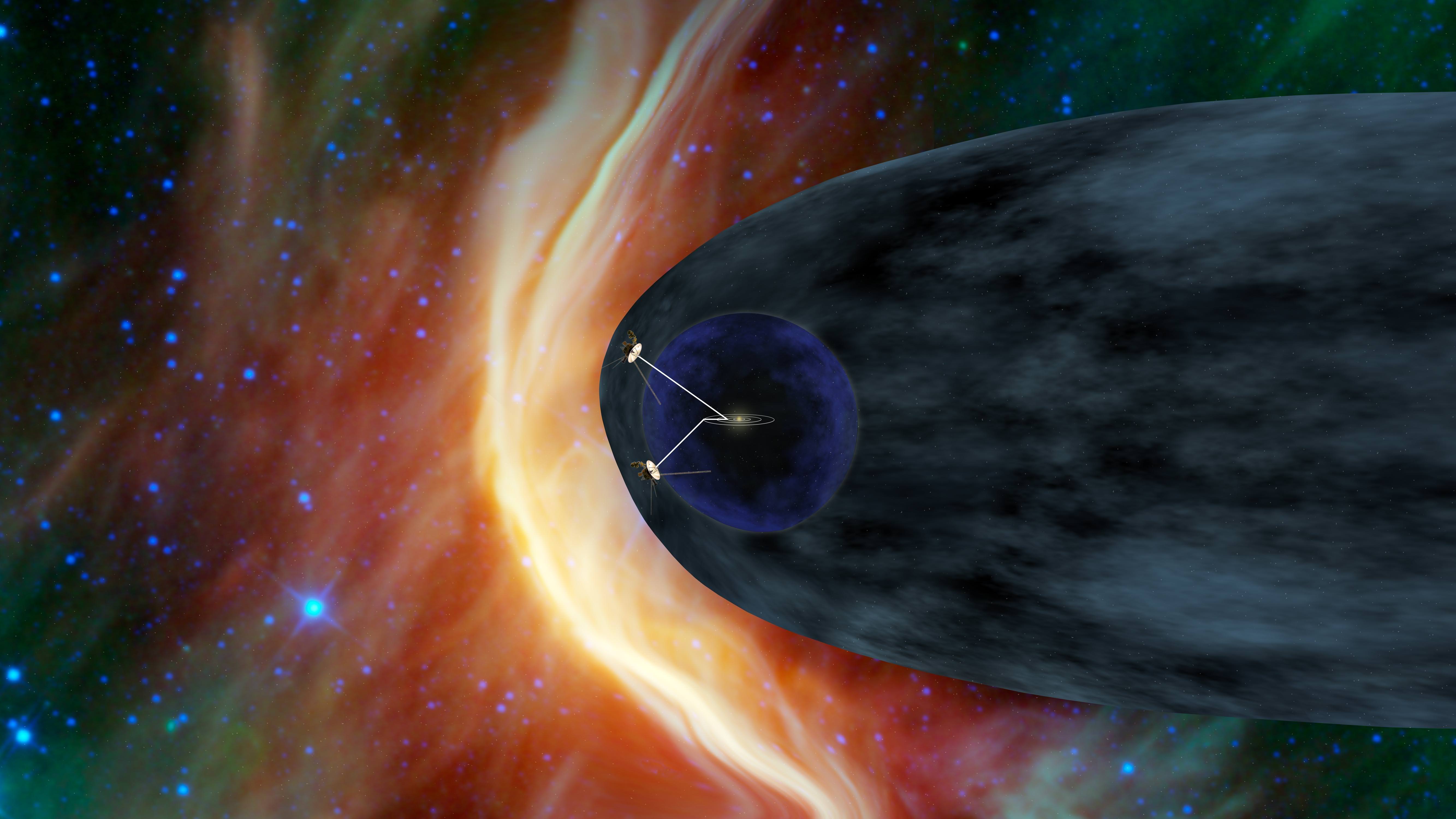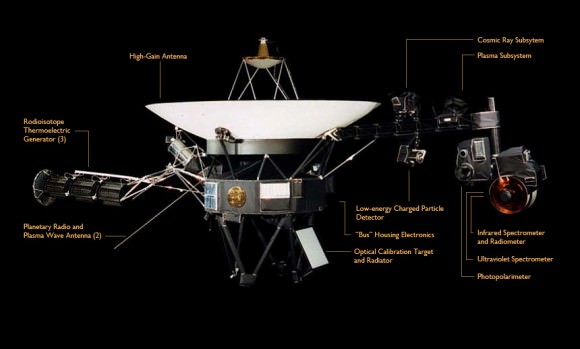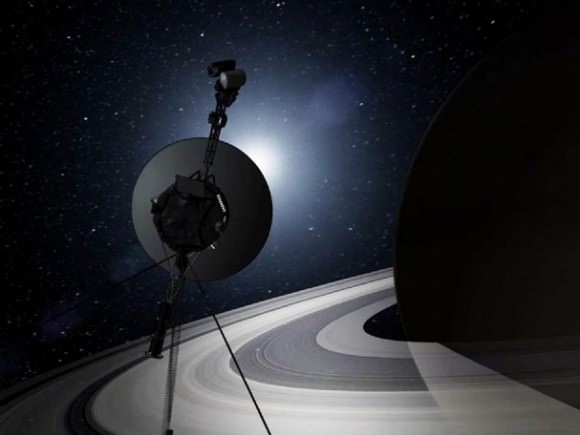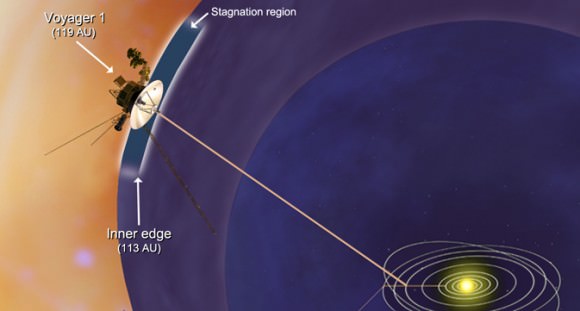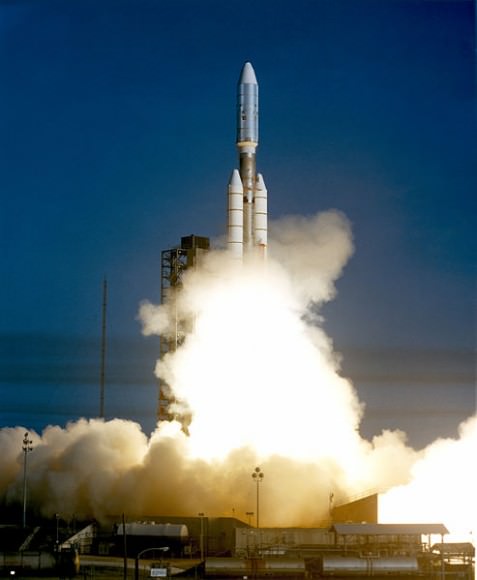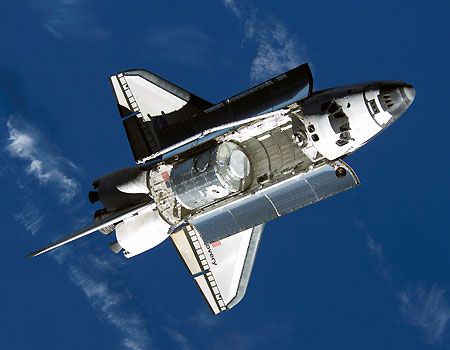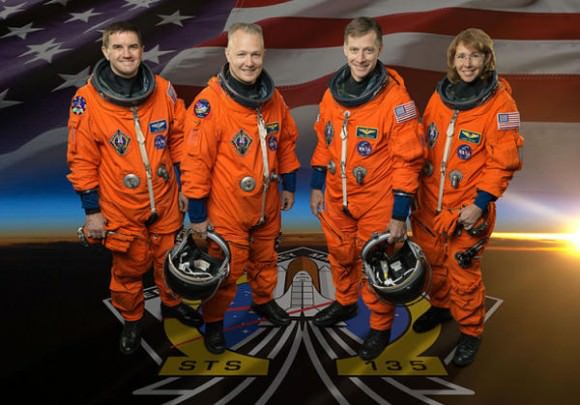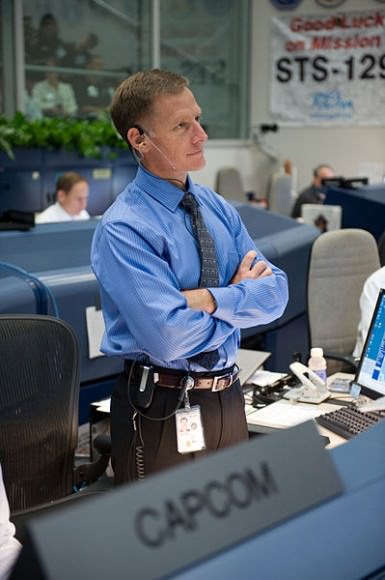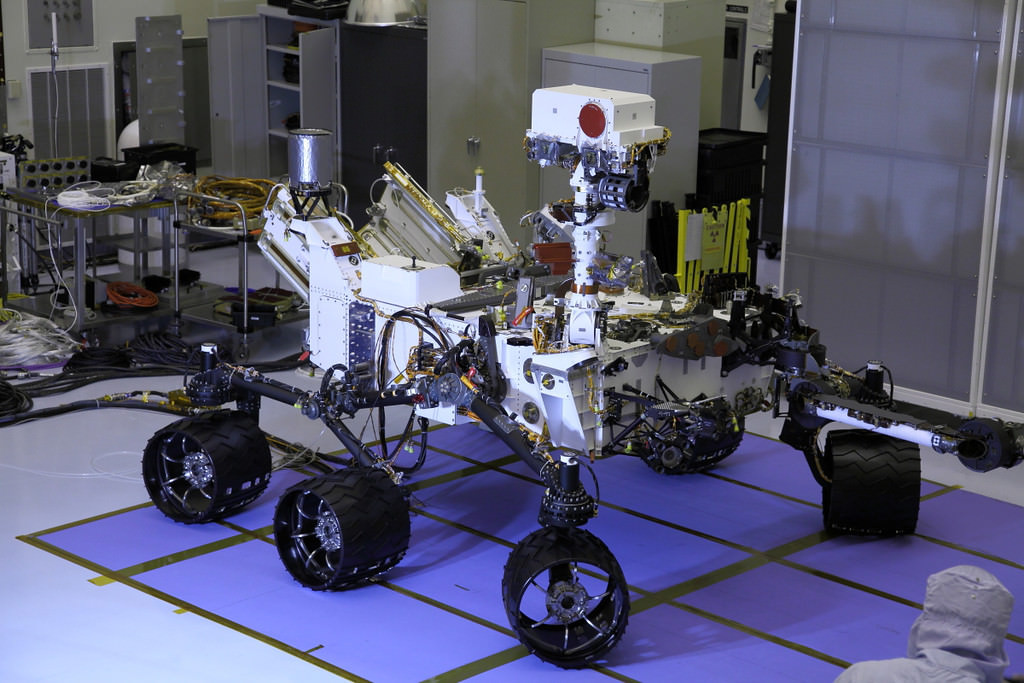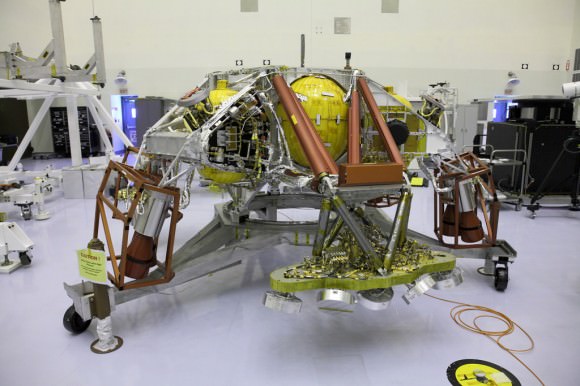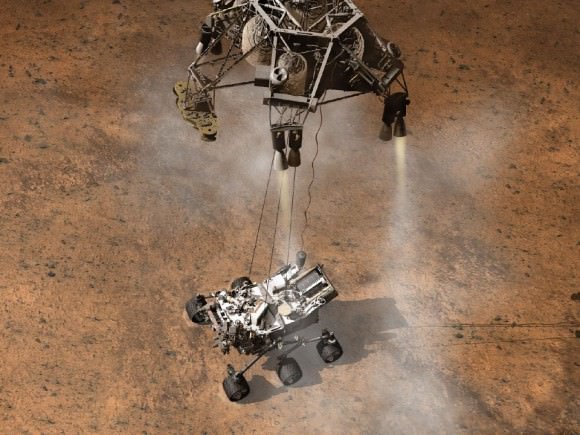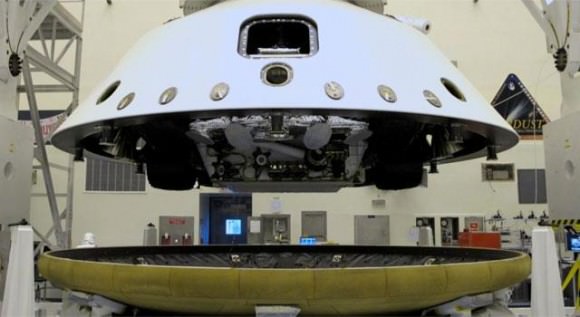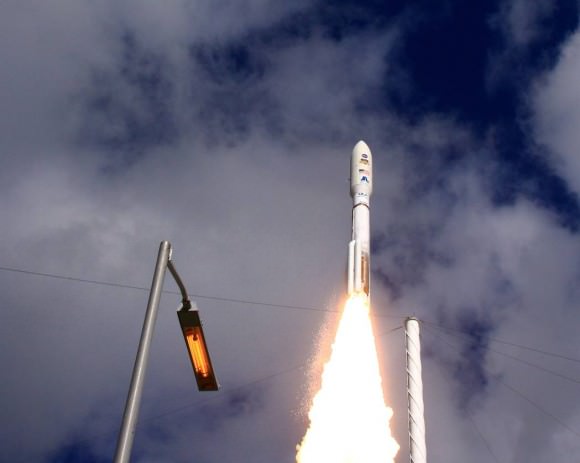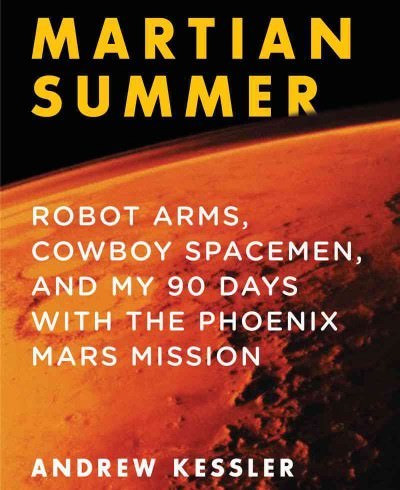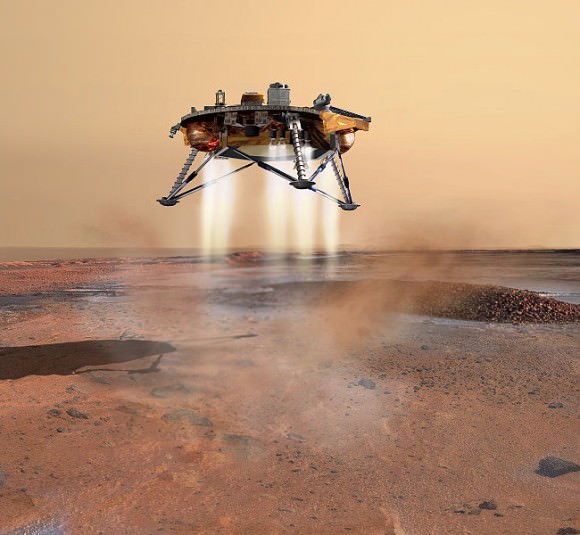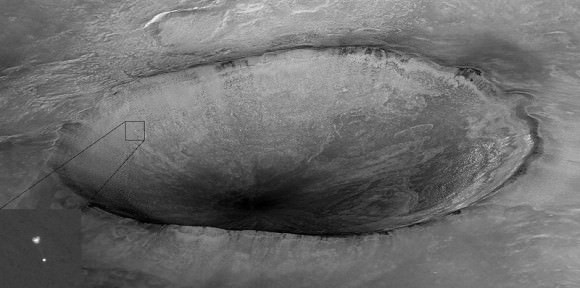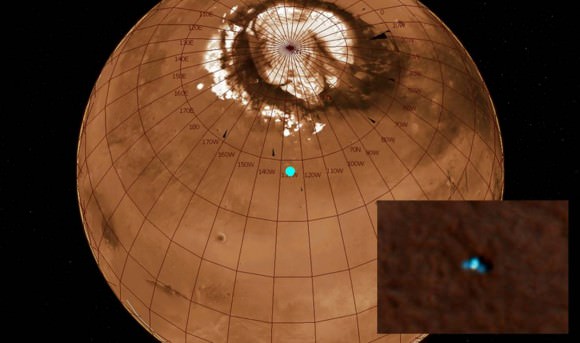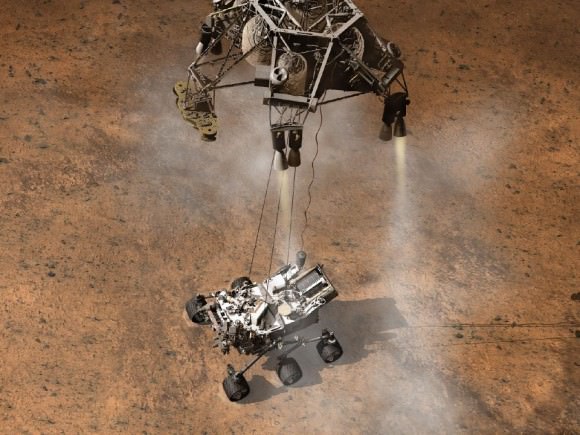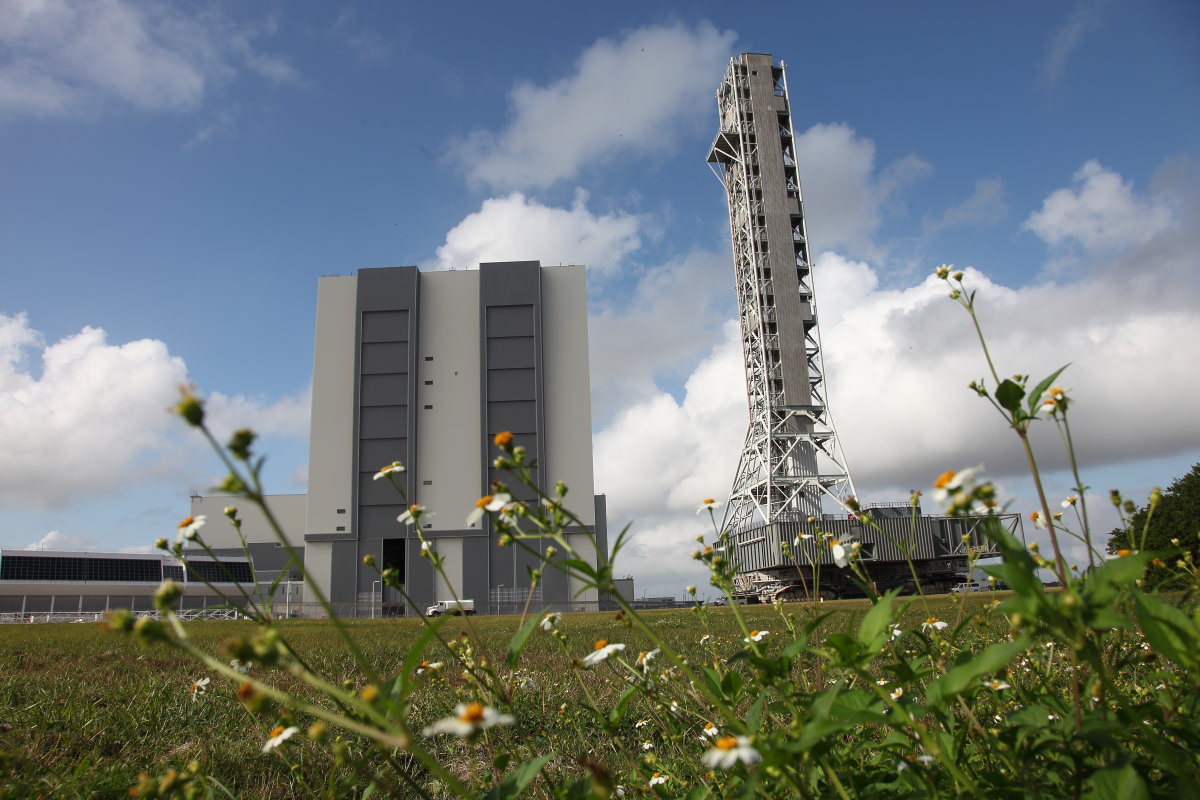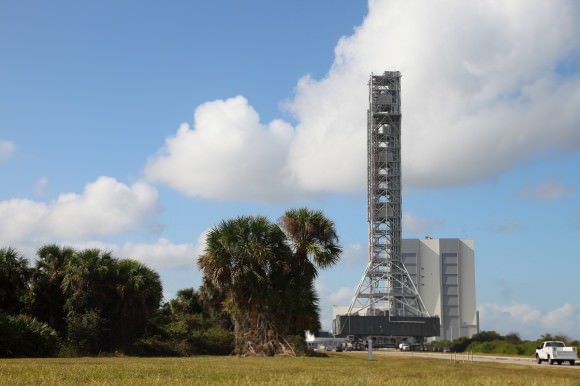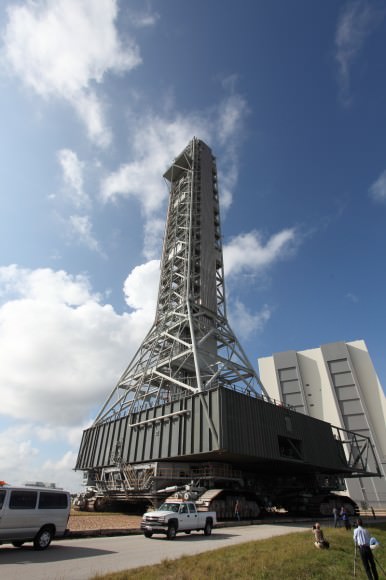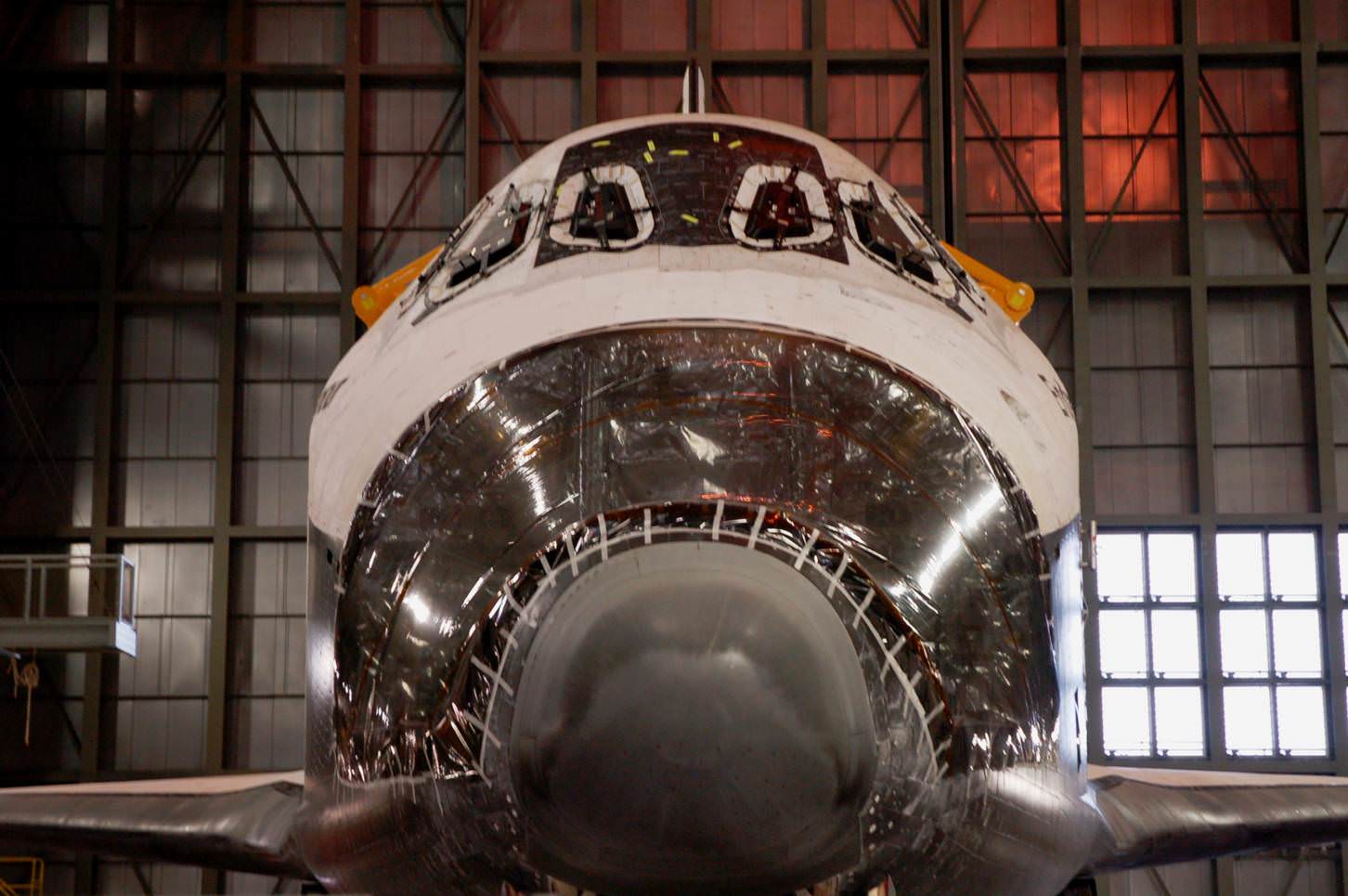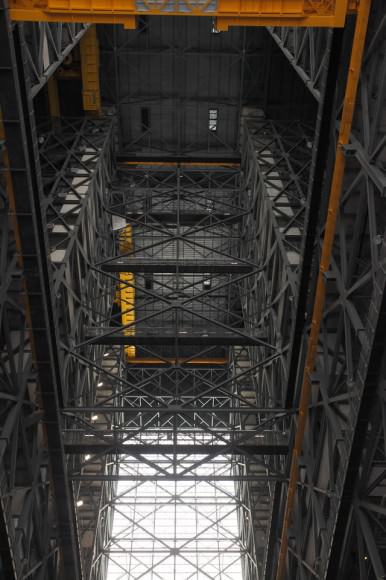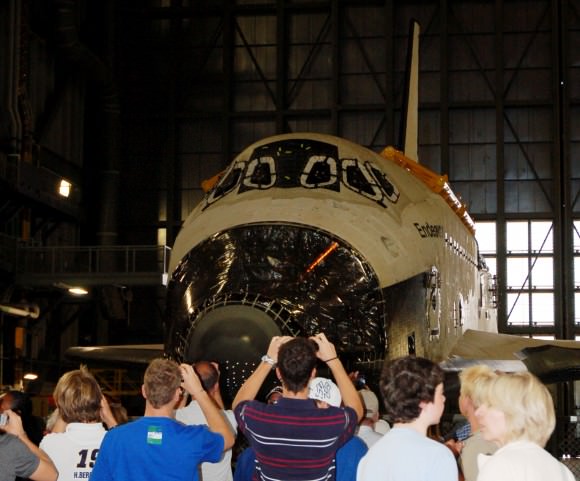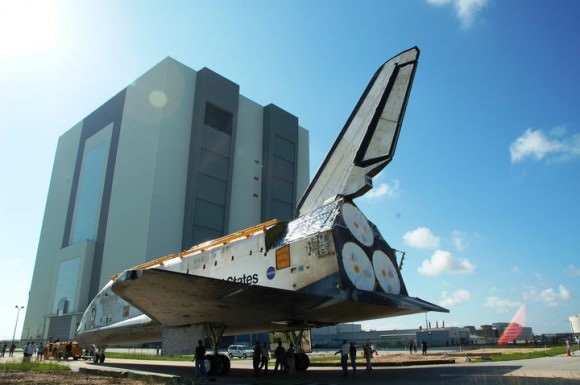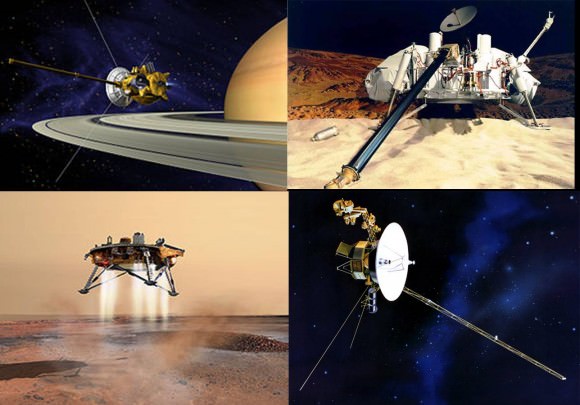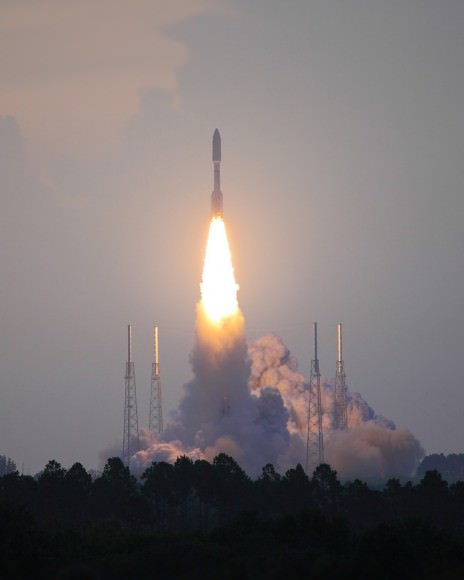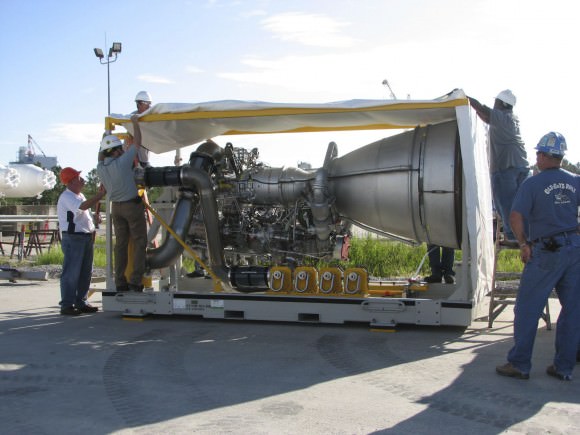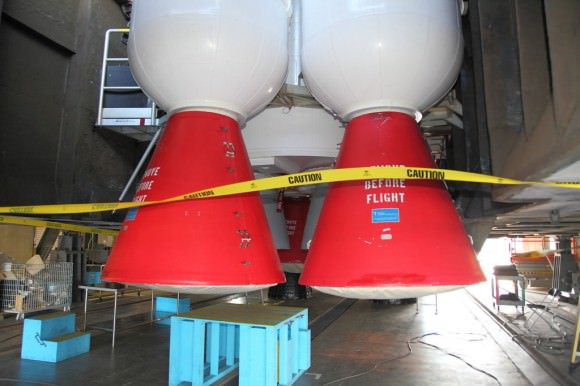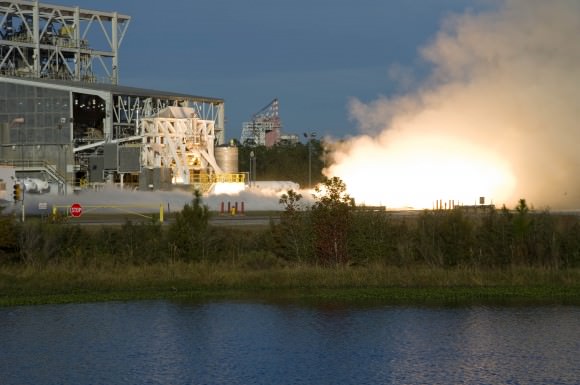[/caption]
Boris Chertok was an integral member of the team responsible for the Soviet Union’s early success in space; the rockets he helped design and build ushered in the space age and changed the world. Chertok died on December 14, 2011, just three months before his 100th birthday.
In 1914, two-year-old Chertok and his family emigrated from his hometown of Lodz, Poland and arrived in Moscow. As a young adult, he worked as an electrician before joining Soviet engineer Viktor Bolkhovitinov’s aircraft design bureau.

In 1945, Chertok entered the realm of space and rocketry. A recent graduate of the Moscow Power Engineering Institute, he was part of a Soviet team sent into Germany to find remnants of the Nazi V-2 missile. The team found the material they wanted, established a makeshift temporary scientific research institute in the war torn country, and uncovered the secrets of the Nazi weapon.
Once he returned to the Soviet Union, Chertok joined the newly established NII-88, the Soviet Union’s rocket design institute, as head of the control systems department in 1946. There he met and worked closely with famed Soviet Chief Designer Sergei Korolev, the man who worked tirelessly to convince Soviet leaders that rockets were worth developing.
Chertok and Korolev became close allies; under Korolev, Chertok developed the control systems for ballistic missiles and eventually became deputy chief designer of the NII-88’s spin-off organization, the OKB-1 in 1956. This latter organization was behind a string of Soviet firsts in space.
Chertok recalled the early years of Soviet rocketry as filled with many stressful and sleepless nights as the team readied rockets for tests. Nevertheless, these were some of the happiest times of his life.
“Each of these first rockets was like a beloved woman for us,” Chertok once said. “We were in love with every rocket, we desperately wanted it to blast off successfully. We would give our hearts and souls to see it flying.”
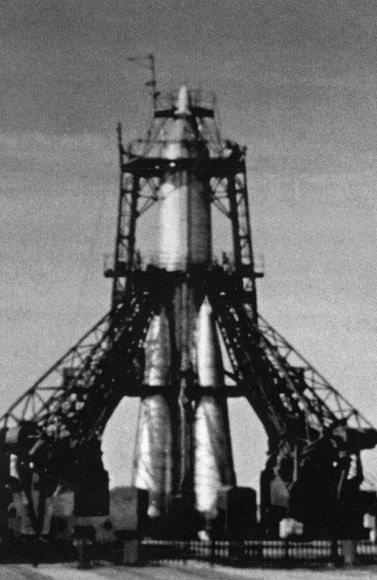
But spaceflight wasn’t initially Chertok’s highest priority. He and his colleague’s main task, the one they were eager to complete, was to build and launch nuclear warheads. They weren’t too interested in launching satellites; they felt that their contribution to their country and their impact on the world would come through development of precision nuclear warheads.
Their most successful rocket was the R-7, the world’s first intercontinental ballistic missile. But before it launched any warheads on enemy nations, it launched Sputnik into orbit in 1957.
Chertok didn’t immediately appreciate the effect this feat would have on the world, he recalled years later. He said it took him and the team that built the rocket days to realize that they had changed the world. The R-7 would further cement the Soviet Union’s place as a forerunner in space in 1961. A rocket in the R-7 family launched Yuri Gagarin into orbit.
For the bulk of his career, Chertok lived in anonymity. This was not an uncommon situation for Soviet scientists, particularly those among them that were Jewish. It wasn’t until 1987 that Chertok was publicly acknowledged for his role in the early Soviet Space program. He was named in an article commemorating the 30th anniversary of Sputnik.
Bill Gerstenmaier, NASA associate administrator for Human Exploration and Operations, described Chertok as a friend of NASA who will be missed. “His spirit will live on in the hearts of the Russian and American human spaceflight team.” His multi-volume memoirs, Rockets and People, are considered to be some of the best-kept records of the early Soviet space age.
Source: Russian Rocket Designer Boris Yevseyevich Chertok Dies at Age 99

